Hal Linden Shares 10 'Barney Miller' Secrets
The next time you’re in New York, we’d like to suggest you checking out some of the city’s police precincts. While that may not sound like an ideal vacation, you’re guaranteed to meet some old friends — actor Hal Linden among them. Head over to the 14th and check in with Cagney and Lacey. Go to the 15th, you’ll meet NYPD Blue’s finest. The 11th? It’s Kojak — who loves ya, baby? And if it’s the 4077th, you’re in South Korea in a M*A*S*H unit and need a new GPS. But head over to the old 1-2, and you’ll meet Hal Linden as Captain Barney Miller and his squad. And that’s exactly what we’ve done, catching up with the actor who brought Barney to life and somehow kept some sanity in the 12th precinct.
Barney Miller, created by writer/producer Danny Arnold, ran on ABC from 1975 to 1982 for a total of 170 episodes, at a time when a number of shows were attempting to push the boundaries of television, and it succeeded in a big way.
Join us as Hal Linden takes us on a look back at the life and times of Captain Barney Miller.
1. Hal Linden views Barney Miller as his greatest experience in TV
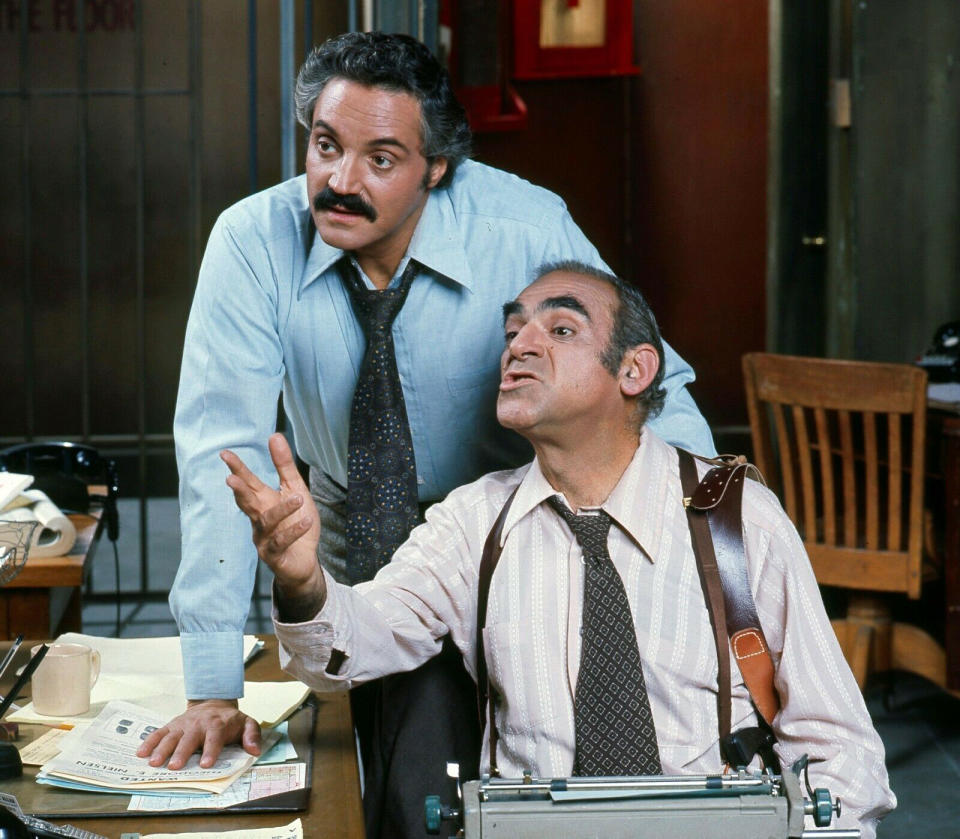
If you go to the entry in Wikipedia on Hal Linden, it states that doing Barney Miller was both the greatest choice and biggest mistake Hal Linden ever made. He laughs, “It used to be that the first entry in Wikipedia was that I was dead. That’s how accurate Wikipedia is. I have nothing but fond memories of Barney. It was certainly the best television experience I ever had, and I mean that from a creative standpoint, because it was like being in a stage company; like a repertory company that would work together and we knew each other, and we were able to contribute to each other. I have never had as creative an experience in television since.”
2. Hal Linden played the sane man to everyone else
Remember how Any Taylor sometimes seemed like the only sane man in Mayberry on The Andy Griffith Show? That isn’t very different from the approach gradually taken with Barney Miller. Linden explains that that realization is something that slowly crept into his sensibility over the first few years of the show.
“The quintessential episode of Barney Miller is probably the one with the hash brownies when everybody gets stoned,” he reflects. “I turned to Danny and said, 'Everybody gets to do an aria but me,' because I was the only one who didn't eat them. And he said — and here was another lesson in life — 'I have to have somebody up there to compare the others to.' There had to be somebody who didn't eat the brownies, so you could compare the behavior. So from there on in I said, 'So, I'm gonna be the straight man.' I came to terms with it very early on. Jack Benny had a terrific career as a straight man, basically, so I had no problem with it.”
3. Hal Linden had to shoot a multiple of pilots for Barney
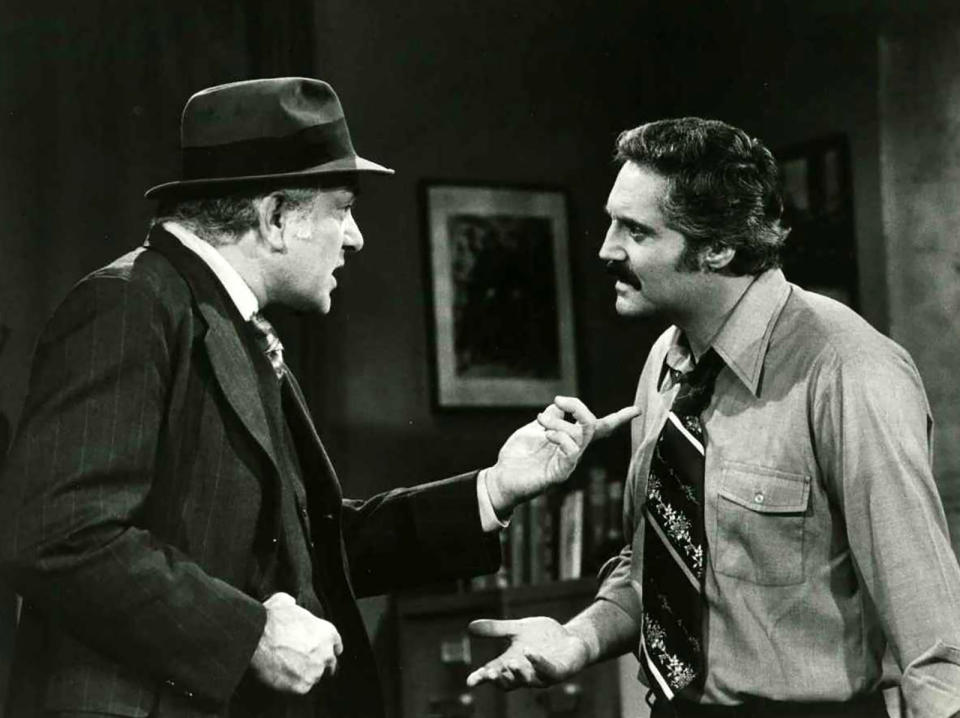
Insofar as ABC was concerned, it was not love at first sight between the network and Barney Miller. In fact, it took a couple of pilots before creator Danny Arnold could interest them in the show.
“The first pilot did not sell,” says Linden, “and at that time I was in a Broadway show, and my manager put into the contract that I had to be released to do a pilot. And sure enough there came this pilot, so I did it. That was the pilot that did not sell. Now, six to eight months later, Danny Arnold, the producer, somehow convinced the network to do two more episodes. I was no longer under contract, so I really had the choice, because I knew the property, I knew Danny, and I had on my offer to play a lead in a Broadway musical. I'd been doing very well on Broadway, and I waited until the last minute. I finally said to my manager, 'Well, we've done Broadway. Let's try television.' It was that cavalier.
4. Barney Miller barely survived its first season
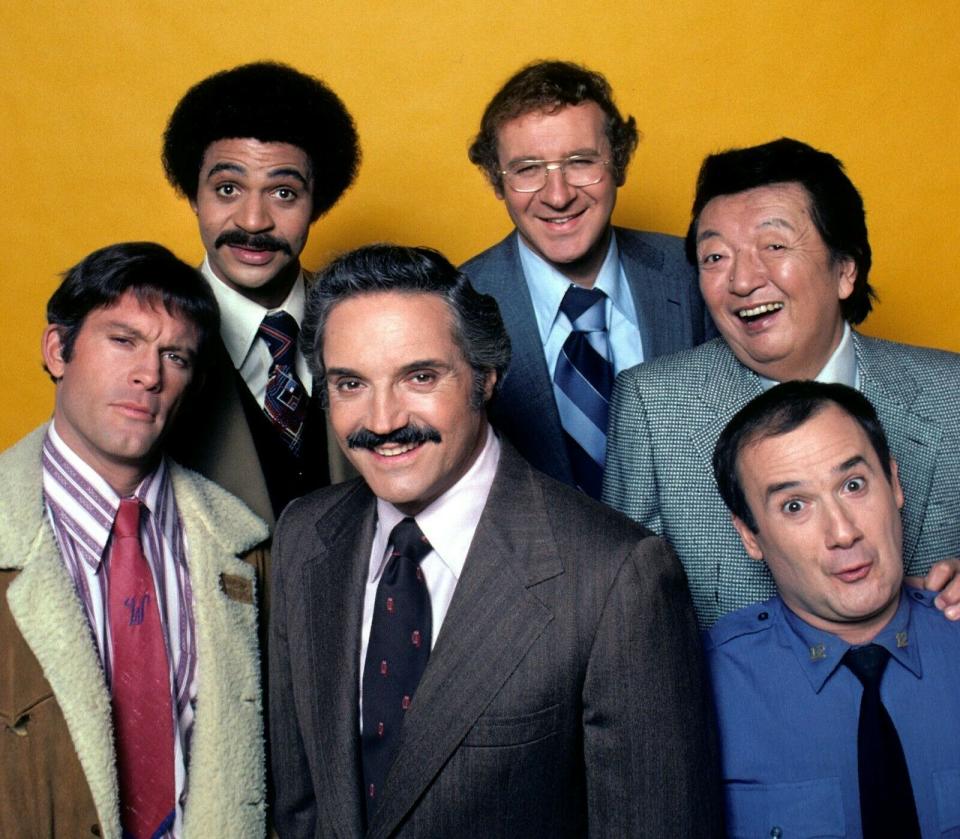
Towards the end of Barney Miller’s first season, it joined a list of shows that were on the verge of being cancelled and even though it ultimately ran for eight seasons, it took quite a while before it caught on with people.
“It wasn’t in your face,” Linden theorizes. “It was very subtle and focused on relationships rather than punchlines, and everybody played it relatively realistically. All the comedy came from outside, in our reaction to the people coming in from outside, and that was not something that was expected in that time. Everything was more straight line/punchlines. It was more sketchy than realistic."
Linden continues, "Happy Days, that's what was expected. And there's a lot of shows today that are quite sketchy. But Danny envisioned it very differently, and he put the limitations on our doing shtick. His limitation was, ‘Would you go to a police officer for help who behaved like that?’

“We weren’t allowed to be foolish,” Linden adds, “so it was a very subtle brand of humor, which probably explains its longevity. That kind of humor you can watch over and over again, and still laugh. Punchline humor, once you've heard the punchlines, is not particularly funny the second time. I suspect that's why Barney was not Happy Days, it was much more subtle, and consequently it was not as popular. Happy Days was number one, or number two. We were number 20. But in reruns, it worked just as well as the first time around. Happy Days seemed a little heavy handed the second time around, so I suspect that was the reason for its longevity, and the reason it took so long to really sink into the public.”
5. It was the initial cast Linden thought worked best
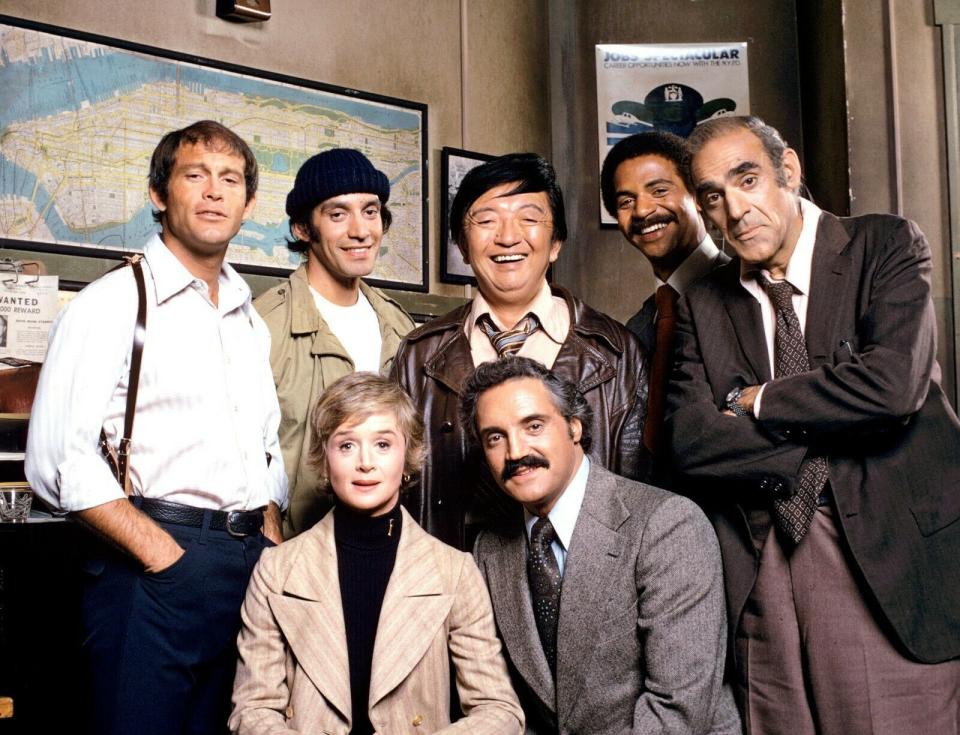
Insofar as Hal Linden was concerned, and even though many of them would last the full run of the show, the show’s strongest cast was the one that kicked things off, among them, Max Gail as Wojciehowicz, Ron Glass as Harris, James Gregory as Luger, Abe Vigoda as Fish, Jack Soo as Yemana, Gregory Sierra as Chano and, in recurring role, Linda Lavin as Wentworth.
“In that first group,” Linden says, “there were no comedians in it. Nowadays when they make a sitcom, the comedian is the leader. We just had actors playing real policemen. That was the point. Later on, Steve Landesberg joined, he was a standup comic. Ronny Carey had done standup comedy, but the initial group, there were no standup comics. We were just actors playing the parts and I think that was indicative of why the show worked.”
6. One of the strengths of the show was the cops interacting with the “perps”
Reality didn’t have to come into play when it came to the criminals that the members of the 12th precinct arrested. “The perps could be a little further out,” says Linden. “The perps didn’t have to have that level of reality. We had some pretty wild ones, but that was the point. We were reacting to the perps. Our stories were different. Danny wrote one where Harris gets shot by another cop, because he was running down an alley chasing a perp and a uniformed police officer took a shot at him, because he was a black man with a gun. The whole question of race was raised in the show. He really delved into a lot of very interesting personal issues with all the characters.”
7. Barney Miller began with a live studio audience
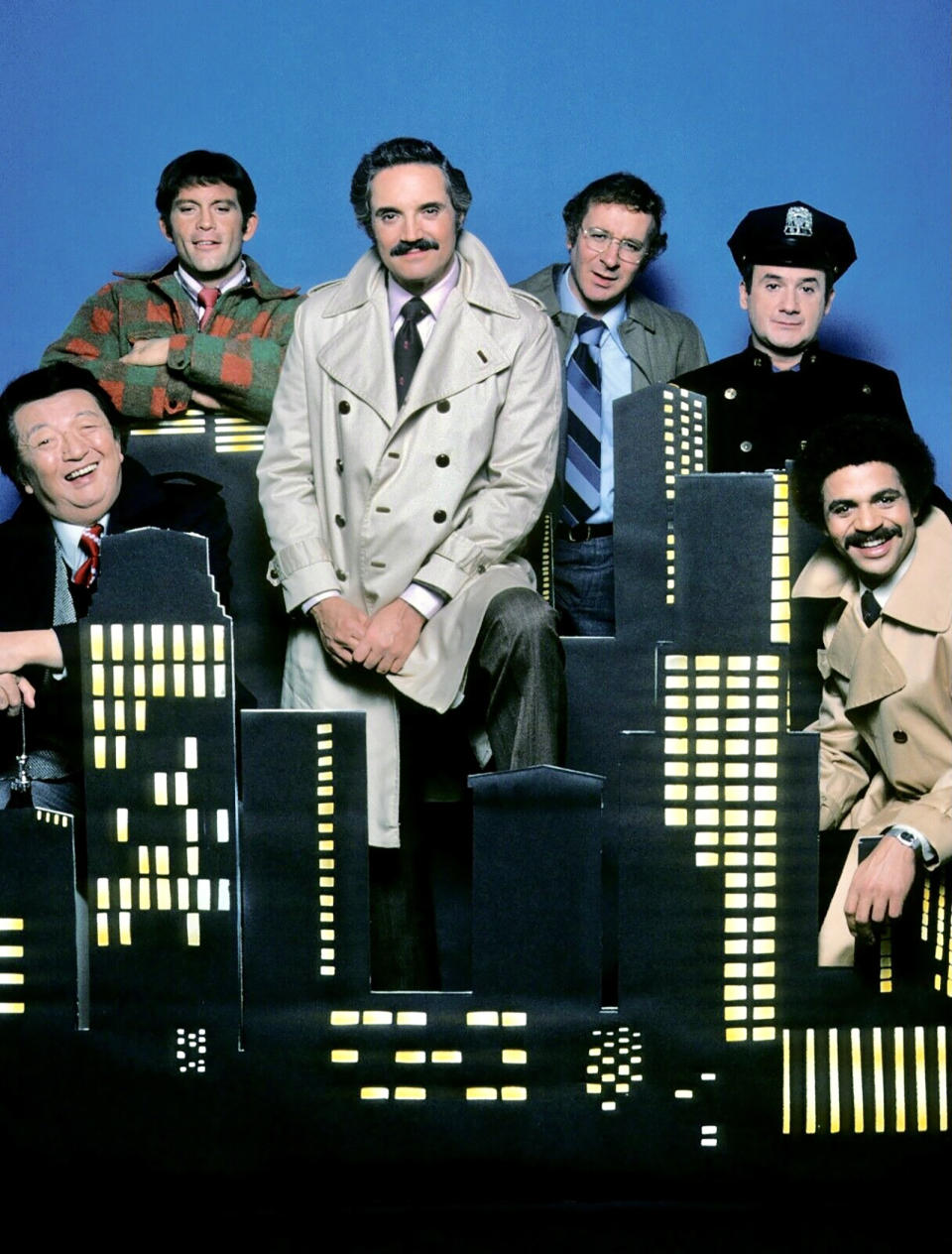
Unlike shows like The Odd Couple or Happy Days, which began their runs as single-camera comedies shot on film and switched over to three-cameras with a studio audience, Barney Miller began with a studio audience and phased it out.
“Danny didn’t like the format, because he didn’t have control of it,” Linden explains. “He would say, ‘You don’t have a close up of such and such at this point.’ The cameraman says, ‘No, we didn’t get it.’ ‘Well, it’s too late.’ So he was the one. He was such a perfectionist script wise that very often by the third or fourth show at the first reading, we only had the first act. In the fifth or sixth show, we didn’t have the end of the show, so we had to cancel the audience. You can’t do the show if you don’t have the end of it. The next week the network said, ‘You can’t cancel an audience. You’ve got to tell us now.’ And we never used an audience again.
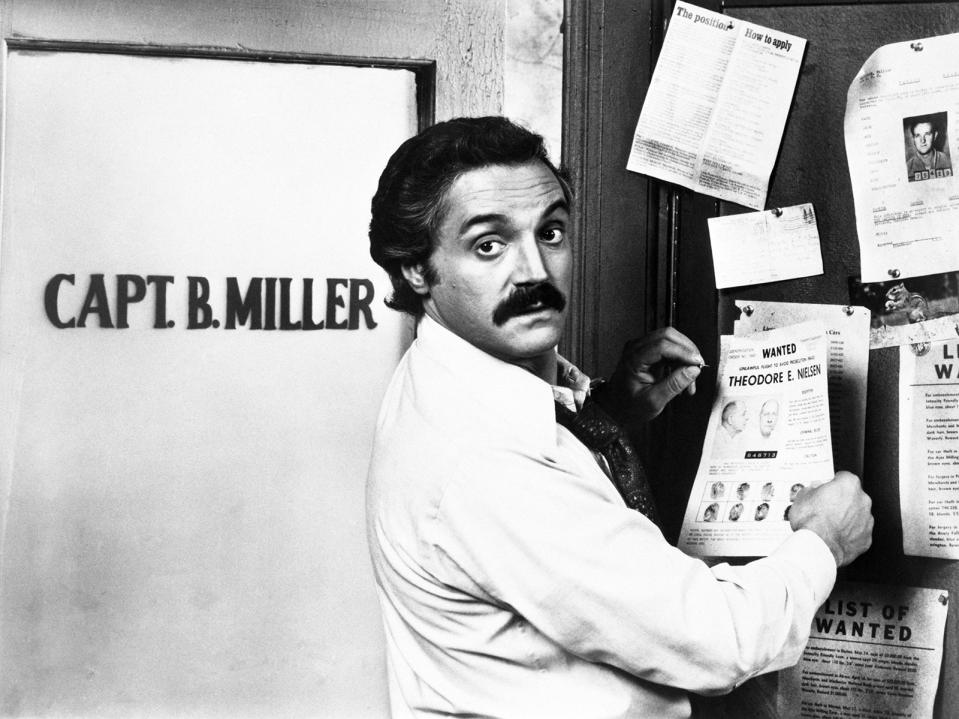
"One of the reasons is that the show was so real rather than theatrical," Linden adds. "One-timers, who just come into play a part, they know where the laughs are. And I'm telling you, if you do a sitcom in front of an audience, and you don't get a laugh on a line that you should get a laugh on, you may never hear from that writing team again. You're just not gonna work for those people anymore. That's how vicious it is. So the point is, a lot of the one show actors, the weekly actors, would make sure that they got laughs, which meant that they were overplaying way too much, or would be so much larger than life that it was outside the bounds of the style of the show. But when you just put a camera there, and you just play the scene real like you're in rehearsal, and somebody's peeking at it, that's when it started to work for us.”
8. Hal Linden joined Barney Miller because of the studio audience
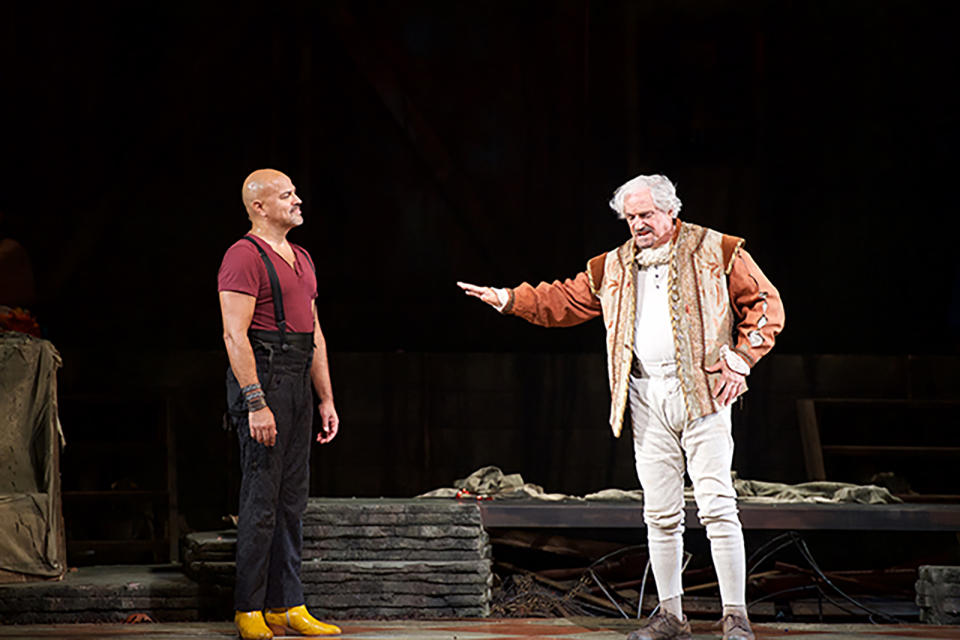
“The odd thing is,” Linden laughs, “the reason I did the first Barney pilot was because it had a studio audience. I thought, ‘Well, because I'm a stage actor, I'll be more at home in front of a studio audience.’ Well, I was very quickly dissuaded from that version, because the cameraman would say, ‘Hey, over here. Not there. Over here. This is where your audience is.’ And until you learn that, you are way too big for the little screen, so I mean, I learned that very quickly. Barney was predicated on reality, on realistic cops, and demanded subtlety, not overt playing of comedy.”
9. Creator Danny Arnold frequently battled with ABC
Back in the day, the media reported on frequent creative battle between series creator Danny Arnold and ABC. As Linden explains it, Arnold would make creative decisions and then be inundated with notes from the network.
“The first year,” Linden says, “we had an episode [episode four, ‘The Courtesans’] that possibly pushed us into a pickup audience wise. Wojo became interested in a hooker, and the way he kept her from plying her trade was he kept busting all the hookers. And so we’d have all these hookers around that we’d have to write up,, and then let them go, because you can’t spend your time on that. So we kept letting them go and he ket bringing them in. Finally, at one point he sat down and asked her, ‘Maybe we can have a date?’ And she said, ‘Sure, like everybody else. Fifty bucks.’ And he was mortified.
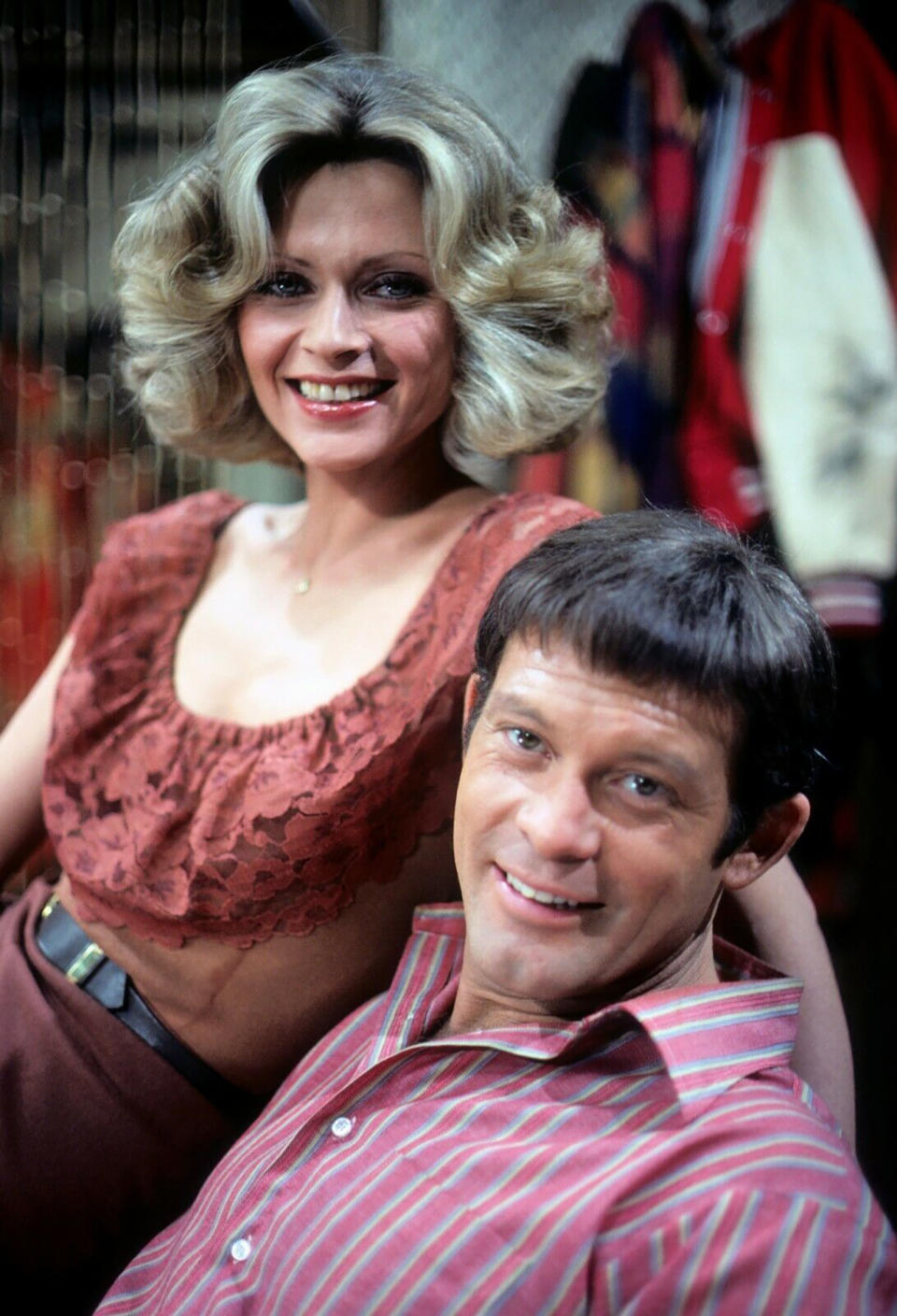
"Anyway, just before the last scene in the show, he’s getting ready to go home and he tells me about how devastated he was by this whole thing, and I give him fatherly advice: ‘You can’t control other people’s behavior. You can only control your own.’ He's about to leave and he turns back to me and says, ‘Barney, can you lend me 50 bucks until payday?’ Now, the entire show is built up so that that line pays off. Well, the network comes down and says, ‘You can’t say that’ and Danny says, ‘Why not?’ ‘Because that means he's gonna go with the hooker.' And Danny says, 'Very good, you got the point. I'm glad you understood.' He said, 'You can't say that.' So, now, again, we're shooting the show down on the set, he's up in the office arguing with the network. We get to the last scene, and we haven't heard anything yet. And finally, we're about to shoot the scene, the director calls him up. He says, 'Danny, we're about to shoot the last scene. What do we do?'
"This was midnight. He's arguing with the guy from the network about he can't say that. And Danny said, 'Shoot the show the way I wrote it.' Hangs up the phone, and he tells the network, 'I'm shooting the show the way I wrote it. If you don't want to put it on, don't put it on. But if you don't put it on, I'm not gonna make anymore.' Again, this was a show that wasn't a top ten show. We shot the show and they put it on the air, believe it or not, with an ‘X’ rating.”
10. The ‘X’ rating helped Barney Miller find an audience
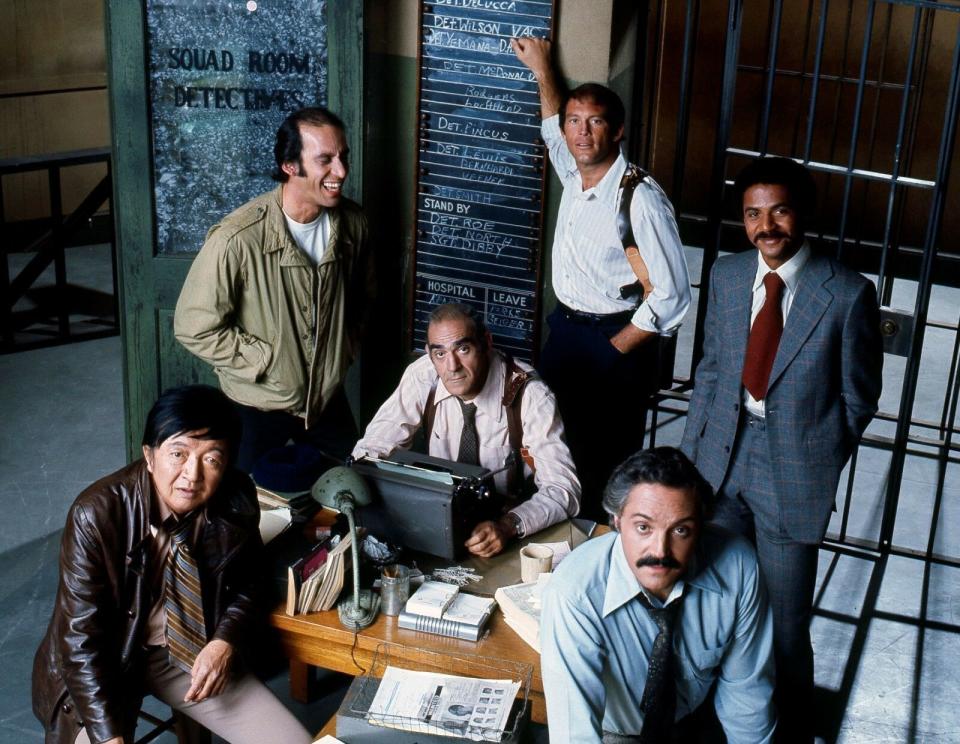
While two of ABC’s affiliates — one in Alabama, the other in Mississippi — refused to air the episode, the fact that it was an “X-rated sitcom” made the papers and ratings for Barney Miller spiked as a result, the audience wanting to know what the controversy was all about.
“Quite honestly, it was a very funny and a good show,” Linden points out. “So a lot of the audience stayed with us, and that stupidity of the network gave us longevity. And our success gave Danny the power to tell the network to stop sending the censor and let him just make the show.”
Click through for more 1970s and 1980s nostalgia, or keep reading…
10 Shocking and Hilarious Behind-the-Scenes Facts About 'Three's Company'
10 Funny and Moving Behind-the-Scenes Secrets About the Original TV 'Star Trek'
